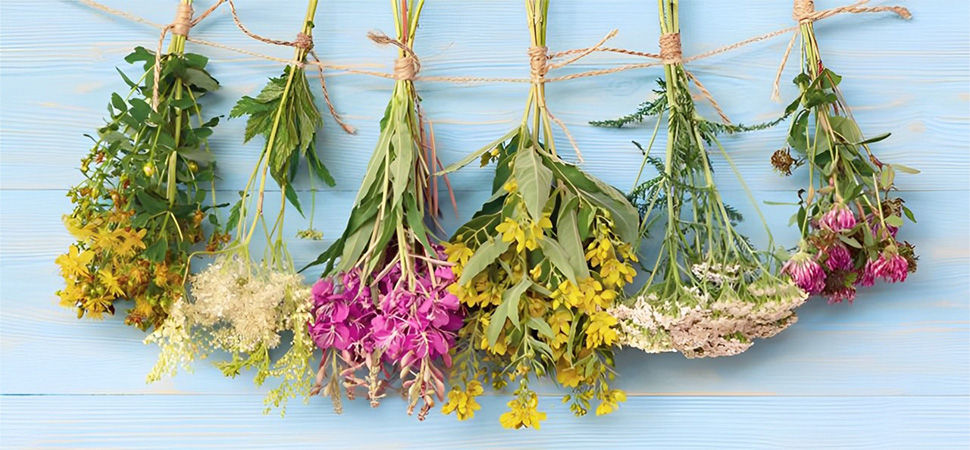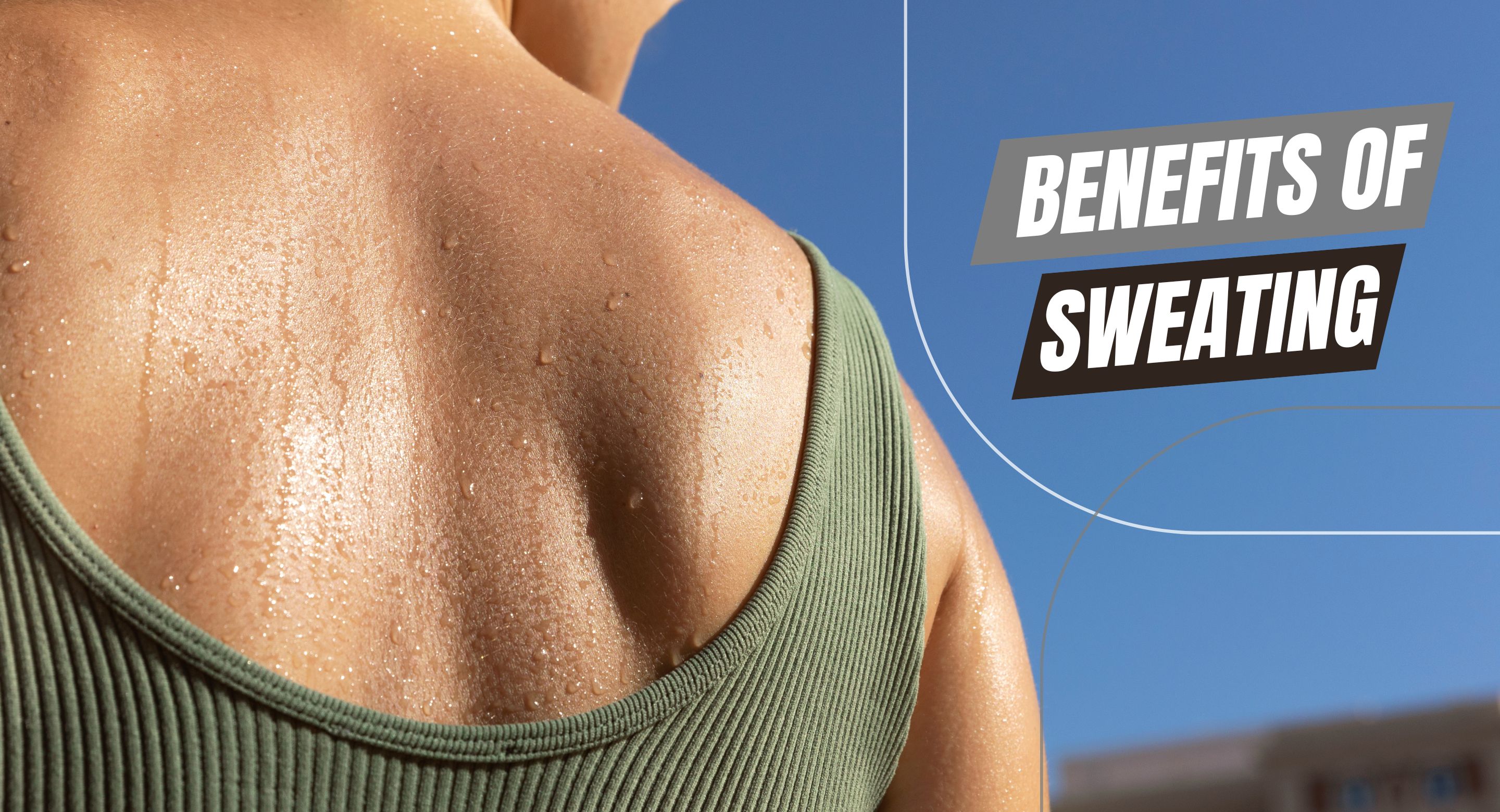How to Preserve Flowers

Preserving flowers is more than just drying petals. It is an art form that requires attention to detail and patience. Each bloom holds a story; preserving them immortalizes those moments of joy and love. The process of preserving flowers involves halting the natural decay process while retaining the bloom's shape, color, and texture. It's essential to understand the characteristics of different flowers and the preservation methods that best suit them.
Factors such as moisture content, petal density, and fragility play significant roles in determining the most effective technique. Additionally, the environment in which preservation takes place, including humidity levels and light exposure, can influence the outcome. By understanding these nuances, you can embark on this journey with confidence, ensuring that each bloom retains its unique beauty for years to come.
Selecting the Perfect Bloom

Make sure to use the best flower, which is at the peak of freshness. Select your flowers in the morning when they are hydrated and have minimal damage, as they are easier to preserve for a longer duration.
Preparing the Flower

For the next step, cut out all the extras from your flowers, like leaves and thorns from the stems, making sure that they are free of any debris and perfectly clean. For a clean cut, use sharp scissors or pruning shears for achieving a clean cut, which aids in water absorption.
Choosing a Preservation Method

Choose a method that you prefer, and that fits the type of flowers you wish to preserve. Popular methods commonly used are air-drying, pressing, silica gel dying, or using glycerin. Scroll below to read about these methods in detail.
-
Air-Drying

In the air-drying method, tie your prepared flowers together and hang them upside down in a well-ventilated area, and make sure to keep them away from direct sunlight. This method works well for robust flowers like roses, lavenders, and statics.
Keep patience during this process, as it may take weeks to completely dry the flowers, depending on the flower type and humidity levels. Once dried, these blossoms can be used in various crafts and decor or even kept as souvenirs, encapsulating the fleeting beauty of nature for prolonged enjoyment.
-
Pressing Flowers

Place flowers between parchment paper within the pages of a heavy book. Stack additional books on top to ensure even pressure on the flowers. Pressing is the ideal method for delicate blooms such as pansies, daisies, and ferns.
Leave the flowers for several weeks without disturbing them to allow them to dry thoroughly. Once they are dried, carefully remove them from the paper, and they'll be ready for various crafts and displays.
-
Silica Gel Drying

Cover flowers completely with silica gel in an airtight container. Silica gel rapidly absorbs moisture, preserving the flowers' vibrant colors and shapes. This method is excellent for intricate blooms like orchids and lilies.
Check on the flowers periodically, and once they're thoroughly dried, gently brush off the excess silica gel. Your preserved flowers will retain their natural beauty and can be used in various arrangements and decorations.
-
Glycerin Preservation

Submerge flowers in a solution of water and glycerin, allowing them to absorb the mixture over several days. Glycerin replaces the plant's natural fluids, resulting in flexible and long-lasting blooms. This technique is perfect for preserving the suppleness of hydrangeas and carnations.
Once the flowers have absorbed the glycerin solution, remove them from the mixture and allow them to air dry. The preserved blooms will maintain their softness and can be incorporated into stunning floral displays or bouquets.
In the delicate art of flower preservation, each step is a desire to capture and cherish this fleeting beauty. Whether through air-drying, pressing, silica gel drying, or glycerin preservation, making these flowers into something unique looks cool and preserves its beauty. As we carefully select and prepare each bloom, we not only retain their physical form but also the memories and emotions they stir up.
From the delicate petals of orchids to the vibrant hues of roses, preserved flowers offer endless possibilities for creative expression and meaningful keepsakes. So, let us embrace the artistry of keeping these blooms, allowing us to adorn lives with the elegance of nature's bounty, which can later be used as a DIY home decor item.









